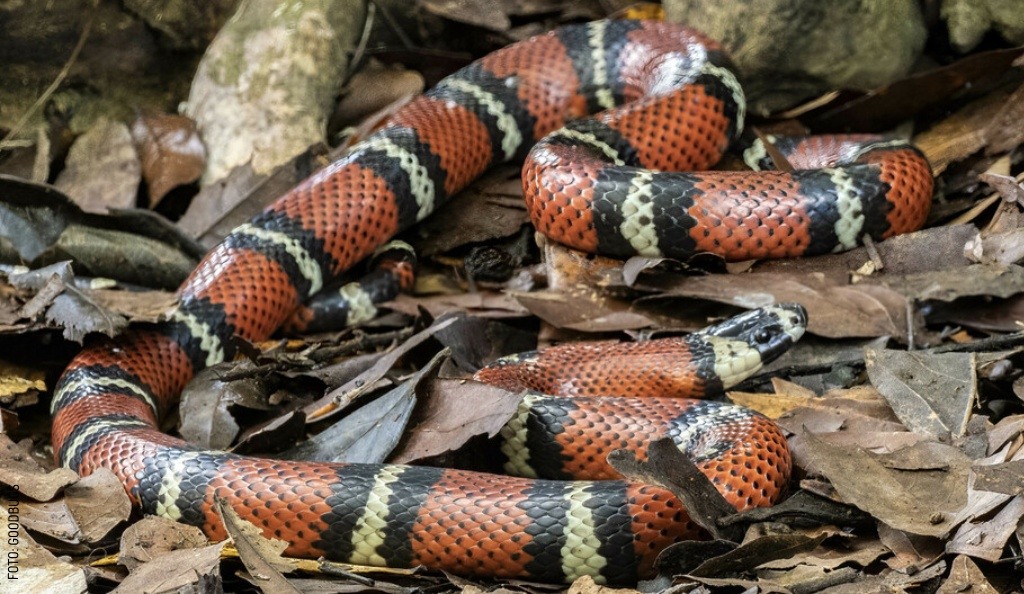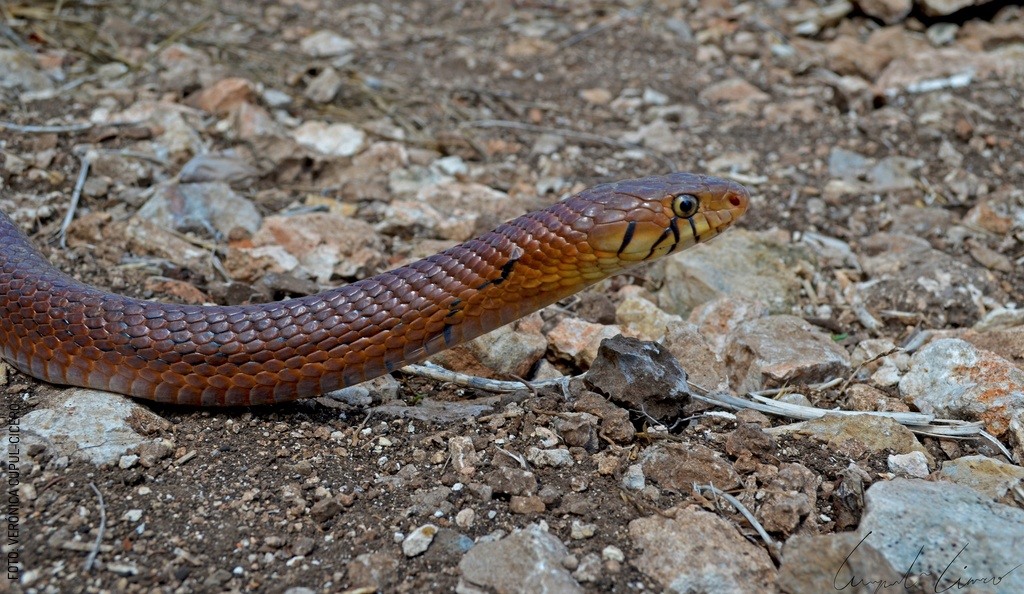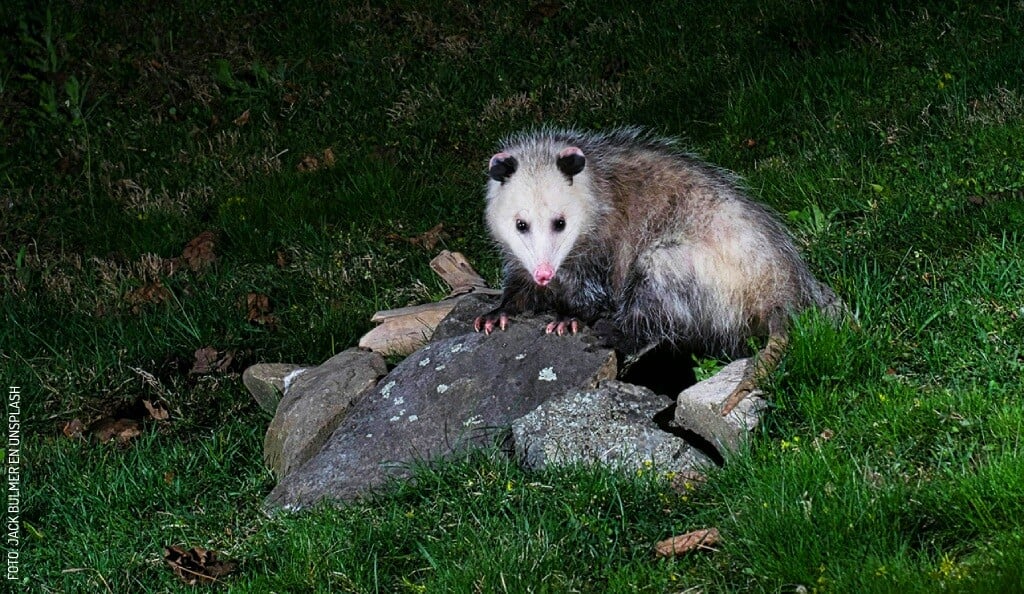
Nocturnal Animals of Yucatán and How to Coexist with Them
Nocturnal Animals of Yucatán and How to Coexist with Them, We can help you identify this Yucatecan species, and tell you if they are dangerous, and who to call.
Have you ever noticed the unique creatures that come out at night in our region? Maybe you’ve been startled by one of them at home.
It’s normal to feel a bit uneasy around them because of their mysterious nature; however, they are a crucial part of our ecosystem. We encourage you to get to know them better, so you can learn to coexist with them without fear... but with the right precautions.
Common species in Yucatán
1. Cuija, common house gecko, or "kisser" lizard
Precaution level: Low
Although native to Asia and having arrived in Yucatán only a few decades ago, these beige-colored lizards (Hemidactylus frenatus) have become part of daily life for everyone in the region. It’s very common to find them inside houses, and even when we can’t see them, we can hear their distinctive call that sounds like a series of seven to nine “kissing” sounds.
Cuijas usually feed on mosquitoes, moths, cockroaches, and countless other insects, and they are harmless to humans. The biggest risk you face near one is it getting scared, falling, and landing on you, scaring you and creating a vicious cycle of fear.
What to do if you encounter a Cuija or "kisser" lizard
Try not to stand directly under it. If you have the time and patience, you can try to shoo it away so it leaves your space, but the most common approach here is to coexist with them as much as possible.
2. Tailless whip scorpion
Precaution level: Low
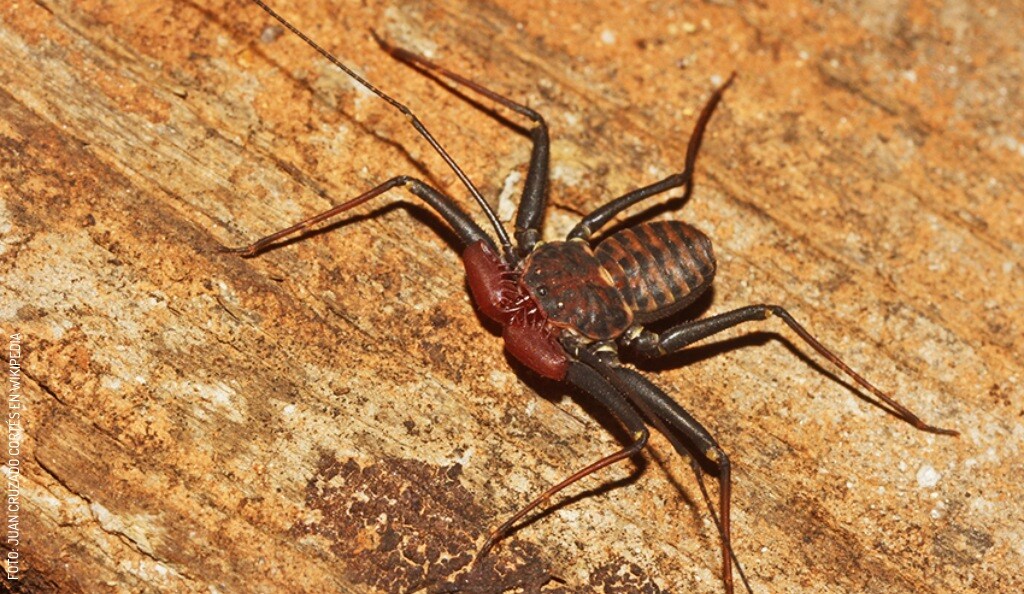 Of all the animals on this list, the tailless whip scorpion or amblypygi (Paraphrynus mexicanus) might generate the most fear and confusion among visitors. Actually a spider, and not a scorpion, its appearance is an unhealthy mix of spider, scorpion, and the stuff of nightmares, which makes it hard to ignore and easy to fear. However, despite its looks, it’s completely harmless and feeds on cockroaches, crickets, and even small lizards.
Of all the animals on this list, the tailless whip scorpion or amblypygi (Paraphrynus mexicanus) might generate the most fear and confusion among visitors. Actually a spider, and not a scorpion, its appearance is an unhealthy mix of spider, scorpion, and the stuff of nightmares, which makes it hard to ignore and easy to fear. However, despite its looks, it’s completely harmless and feeds on cockroaches, crickets, and even small lizards.
What to do if you encounter a tailless whip scorpion spider or amblypygi
Above all, stay calm. Shoo it away with a broom and get it out of your house if you wish, trying not to kill it; for your peace of mind, these spiders do not bite or sting, and they are not capable of jumping.
![2408 Chinche Besucona Piik by Felipe Guhl en Wikipedia]() 3. Kissing bug or Pik
3. Kissing bug or Pik
Precaution level: High
The Triatoma dimidiata, commonly known as the kissing bug or "Pik," is a familiar sight in the region during dry seasons.
Piks are easily recognized by the distinctive mottled pattern on their backs. While their bite isn't inherently dangerous, some Piks might carry the parasite that causes Chagas disease.
If infected, Chagas disease can lead to fever, headache, difficulty breathing, muscle pain, and, in the long term, cardiac arrhythmias that could be fatal if not treated in time.
Pet owners (and their pets, as they can also be bitten) are particularly susceptible because Piks feed on blood (human or animal), and dogs and cats often scare away the Piks’ natural enemies, opossums, which we'll talk about next.
What to do if you encounter a kissing bug or Pik
Do not crush it under any circumstances; if it happened to be contaminated, the parasite would spread everywhere, increasing the risk of infection. The best course of action, especially if you think it may have bitten you or your pets, is to trap it in a container with breathing holes and contact the Hideyo Noguchi Regional Research Center or the Yucatán Health Services.
4. Zorros or opossums
Precaution level: Low
Opossums, known locally as "Zorros," “Zarigüeyas” or even "Tlacuaches" (Didelphis marsupialis), have been victims of false rumors and sensationalist news that accuse them of transmitting rabies, in addition to sometimes being mistaken for rats. In reality, they are completely harmless and will only bite if you try to touch them—and that's only if they’re brave enough not to play dead as they’re more inclined to do.
You’ve probably seen this fascinating marsupial, maybe even carrying its numerous young. How do you tell a Zorro apart from a rat? It's quite simple: opossums, unlike rodents, move very slowly; an opossum running is as fast as a rat strolling. If you see an opossum up close, give it some space, but take a moment to admire it: as a marsupial (from the family of kangaroos and koalas), they have long fingers on their paws, including an opposable thumb on their hind feet.
What to do if you encounter an opossum or Zorro
Make sure nothing happens to them! They move so slowly that it's common to see them run over, and remember, they’re actually very beneficial to have around. As mentioned earlier, opossums are the main predators of kissing bugs or Piks, which transmit Chagas disease.
5. Chiwós (chee-WHOA) or tarantulas
Precaution level: Low
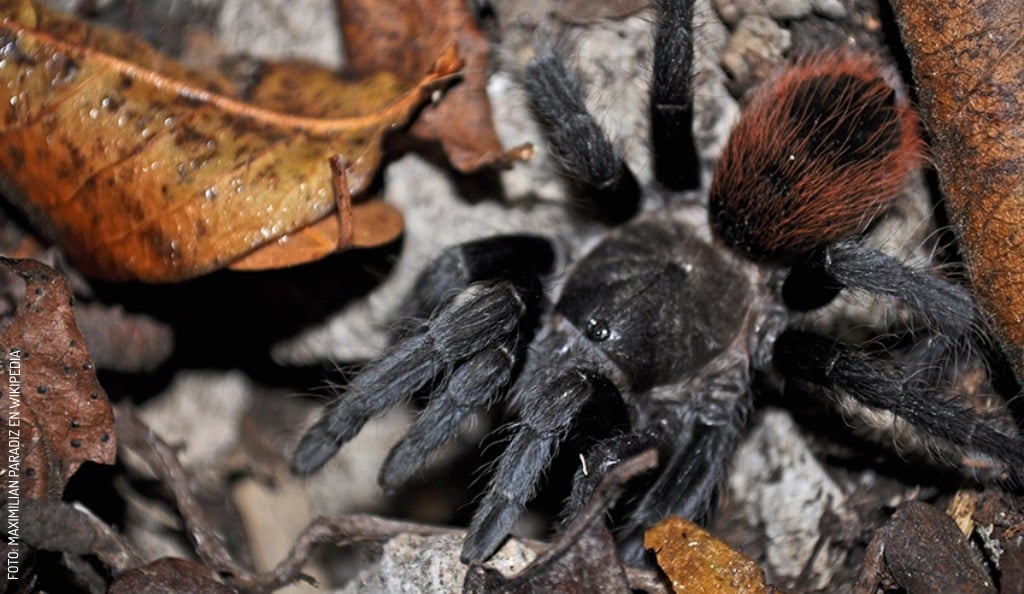 The Brachypelma epicureanum, commonly known as Chiwó in Yucatán, is a type of tarantula characterized by its rust-red abdomen.
The Brachypelma epicureanum, commonly known as Chiwó in Yucatán, is a type of tarantula characterized by its rust-red abdomen.
These spiders, endemic to the region, pose minimal risk to humans and pets: they only bite when persistently provoked, and the effects of their bites are limited to mild pain.
What to do if you encounter a tarantula or Chiwó
It's natural to be scared, but consider that their diet consists of unpleasant insects like cockroaches, moths, and worms. Move it away from you to avoid seeing it, for example, by using a broom to gently guide it out of your space (remember, it’s just as scared of you, if not more) but avoid killing it.
6. Snakes
Precaution level: Medium to high
A wide variety of snakes can be found in Yucatán, both nocturnal and otherwise. According to the National Autonomous University of México’s “Quick identification guide: Snakes common to the state of Yucatán,” 57 species have been identified locally, of which only five are dangerous to human beings: the coral snake, the Wolpoch or Yucatecan cantil, the Yucatecan rattlesnake, the terciopelo, and the Yucatán hognosed pitviper.
Here’s a look at them, as well as their common names in the region:
- Kalam or coralillo (coral snake): Micrurus diastema
- Wolpoch (pronounced wall-POACH) (Yucatecan cantil): Agkistrodon russeolus
- Tsáab kaan or cascabel (Yucatecan rattlesnake): Crotalus tzabcan
- Nauyaca real (terciopelo): Bothrops asper
- Cuatro-narices (Yucatán hognosed pitviper): Porthidium yucatanicum
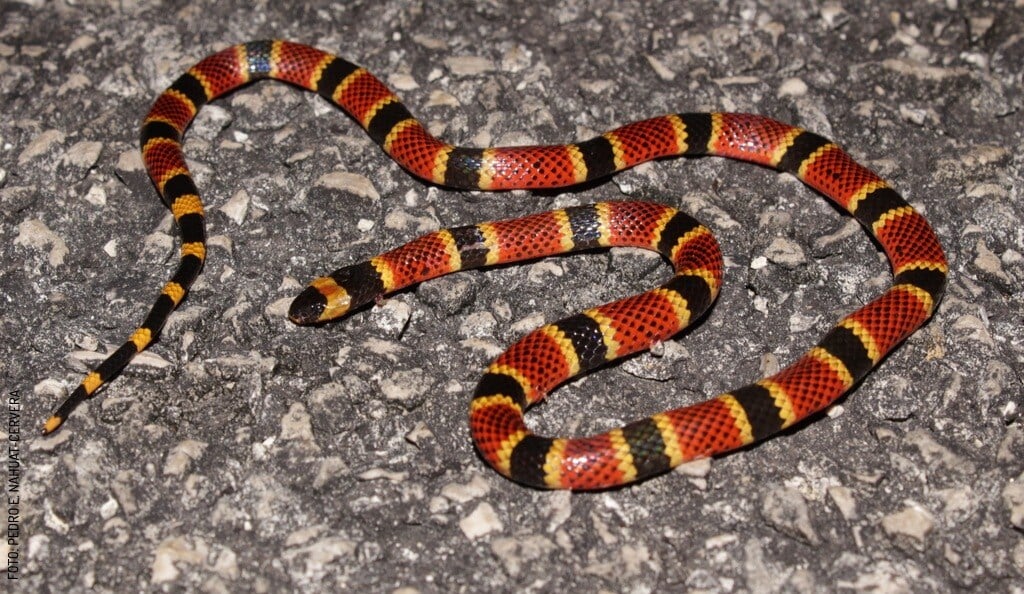
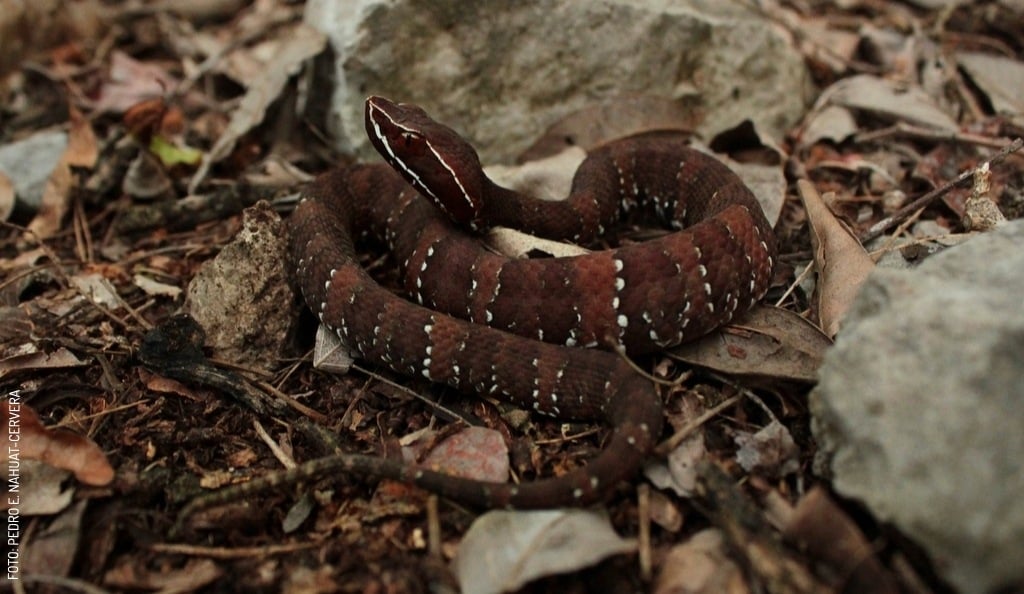

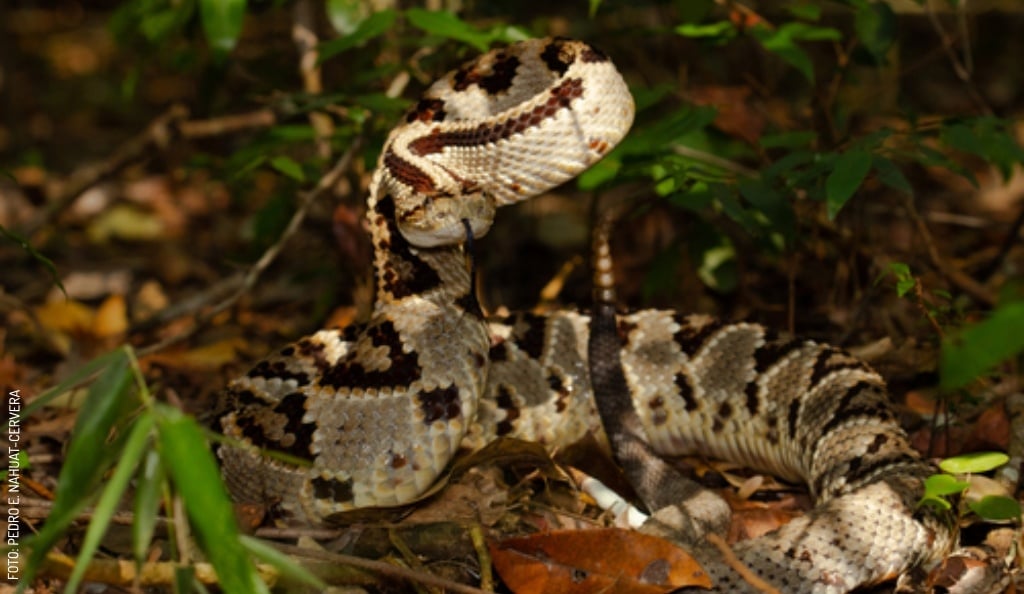
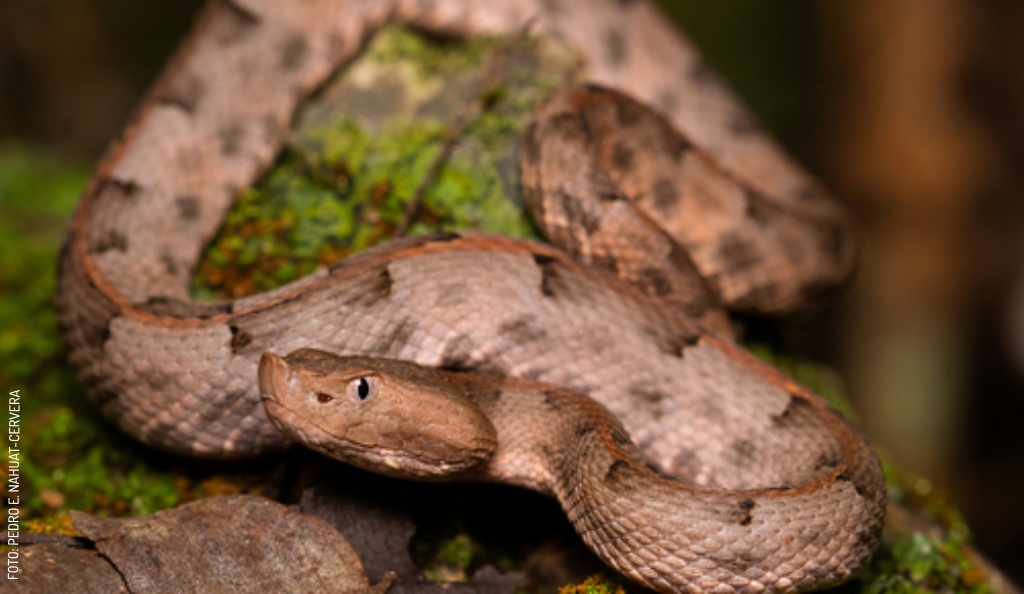
The rest of the snakes you might encounter in Yucatán are not venomous; this means that if one were to bite you for any reason (which is unlikely, as they are usually shy and docile), you’d get some inflammation or numbness at worst. However, we’d like to tell you about three of them that might be particularly intimidating to run into, despite their harmlessness.
![2408 Boa Imperator by Valentina L. slogo]() Imperial boa or ooch kaan (Boa imperator). Although its average length is a quite impressive two meters (7 ft), older specimens can exceed 3.5 meters (12 ft), making this one of those snakes that few people can face without freaking out. Still, while they can feed on rodents, birds, iguanas, and, depending on their size, even sometimes cats and dogs, they are among the smaller species of boas, and mostly harmless to humans.
Imperial boa or ooch kaan (Boa imperator). Although its average length is a quite impressive two meters (7 ft), older specimens can exceed 3.5 meters (12 ft), making this one of those snakes that few people can face without freaking out. Still, while they can feed on rodents, birds, iguanas, and, depending on their size, even sometimes cats and dogs, they are among the smaller species of boas, and mostly harmless to humans.![2408 Falsa coralillo by goodbugs SLOGO]() False coral (Lampropeltis abnorma). This small snake (averaging one meter or three feet in length) has the misfortune of looking a lot like the coral snake, the only neurotoxic snake (and thus one of the most dangerous) you can find in Yucatán. The difference is that the coral snake is red, with single black bands surrounded by yellow bands; the false coral is red with single yellow bands surrounded by black bands; please do note that this only applies to the species found in this geographic area. In any case, if you come across one, you might not want to waste time checking which color the single bands are. Carefully move away and, if you are in an urban area, alert the authorities.
False coral (Lampropeltis abnorma). This small snake (averaging one meter or three feet in length) has the misfortune of looking a lot like the coral snake, the only neurotoxic snake (and thus one of the most dangerous) you can find in Yucatán. The difference is that the coral snake is red, with single black bands surrounded by yellow bands; the false coral is red with single yellow bands surrounded by black bands; please do note that this only applies to the species found in this geographic area. In any case, if you come across one, you might not want to waste time checking which color the single bands are. Carefully move away and, if you are in an urban area, alert the authorities.![2408 Culebra Arroyera de Cola Negra by Verónica Cupul-Cicero slogo]() Ekuneil (Drymarchon melanurus). The ekuneil (eh-koo-nay-EEL) or indigo snake is more common in the southern part of the state, but we chose to include it because it is also victim to baseless claims. You see, it is the second largest snake in Yucatán (after the boa), and its diet can include several of the venomous snakes. That makes it scary in some people’s eyes (“it’s worse than a rattlesnake!”) despite being perfectly harmless.
Ekuneil (Drymarchon melanurus). The ekuneil (eh-koo-nay-EEL) or indigo snake is more common in the southern part of the state, but we chose to include it because it is also victim to baseless claims. You see, it is the second largest snake in Yucatán (after the boa), and its diet can include several of the venomous snakes. That makes it scary in some people’s eyes (“it’s worse than a rattlesnake!”) despite being perfectly harmless.
What to do if you encounter a snake
If you find one inside a property, call 911. Firefighters will handle its removal and relocation. If you encounter one in nature, stop and back away slowly. If the snake is not in an attack position, stomping your feet on the ground might help scare it away.
7. Bats
Precaution level: Low
After snakes, bats are possibly the most stigmatized of the group. These winged mammals, often mistaken for birds, inhabit dark places. Despite many people thinking that being in their presence can transmit contagious diseases, this can only happen through bites; as with other species, bats prefer to stay away from humans and only bite as a defense mechanism if they feel threatened.
What to do if you encounter a bat
Encountering a bat is probably the unlikeliest scenario in this entire list, simply because bats don’t want to be near humans at all: if you encounter one and it notices your presence, it will usually fly away immediately.
How to contribute to the care and preservation of these species
To learn more about the nocturnal species of our region, I met with Juan Antonio Pirod Alayola, a student of Biology and a member of organizations such as the Mexican Bat Conservation Program, BUM - Urban Biodiversity of México and Zotz - Bats of the Maya World.
Juan Antonio explained to me how, with Mérida's rapid growth, the city has expanded into the jungle's territory.
As a result, species that once thrived in the Yucatecan jungle now often seek refuge in urban areas and occasionally find their way into many of our homes.
Unfortunately, due to a lack of awareness, many of these species are already facing risks.
"In the case of bats, there's one called Eumops nanus that is listed under NOM-059, which is the Mexican norm that monitors all threatened species. It’s not yet endangered, but due to habitat loss, its protection is being considered. We also have the ocelot and the oncilla or tigrillo here in Yucatán, which are among the most common small felines. They are classified as endangered due to habitat loss."
When cohabiting with these species, it’s important to learn to be good neighbors to them.
"It’s about environmental education; people need to learn, first and foremost, that we invaded these animals' homes," Juan points out.
To support their conservation, he suggests becoming well-informed
"Don't let fear or misinformation from the internet about the potential dangers or diseases these animals might carry sway you; in fact, animals like these provide significant benefits to humans. For instance, bats play a crucial role as pollinators. When they consume fruits in flight, they defecate, and their quick metabolism aids in stripping seeds of their outer layer through stomach acids, which promotes germination. Some plants can only sprout after undergoing this process. That’s why conserving certain animals helps us preserve their habitat, and vice versa."
According to Juan, the Mérida City Council has a program for the rescue of opossums. If you find an injured opossum, you can take it to the Medical Teaching Unit at the UADY Veterinary Medicine Faculty for guidance and help.
If you find a bat in your home, you can send a direct message to the social media accounts of @PCM_mex and @zotz_mayab, to which Juan belongs, to receive support or request a rescue. You can also find the phone numbers of specialists there.
Lastly, it’s important to stress that, according to Juan Antonio's advice, we should never handle a wild animal with bare hands. If you need to rescue an injured animal, it's best to use leather gloves or cover it with a cardboard box. If there's a bite incident, remember not to panic and simply visit your nearest health center to get a rabies vaccination.
By Regina Zumarraga and Yucatán Today.
Photography by Felipe Guhl, Juan Cruzado Cortés and Maximilan Paradiz in Wikipedia, Jack Bulmer in Unsplash, Valentina L., Goodbugs, Felipe Barrera Ocampo, Verónica Culpul-Cicero and Pedro E. Nahuat-Cervera in iNaturalist.
First published in Yucatán Today print and digital magazine no. 440, in August 2024.

Author: Yucatán Today
Yucatán Today, the traveler's companion, has been covering Yucatán’s destinations, culture, gastronomy, and things to do for 38 years. Available in English and Spanish, it’s been featured in countless travel guides due to the quality of its content.
In love with Yucatán? Get the best of Yucatán Today delivered to your inbox.
Related articles

Celebrating Janal Pixan with Kids
What to do in Janal Pixan with kids? Learn about all the ways you can enjoy this tradition, from the market to the Stroll of the Souls.
From Yucatán to the World: Yucatecan Street Food
Sometimes, while you're in Yucatán, you come across mysterious foods, whether they’re in a shop window, or carried by street vendors in what look...



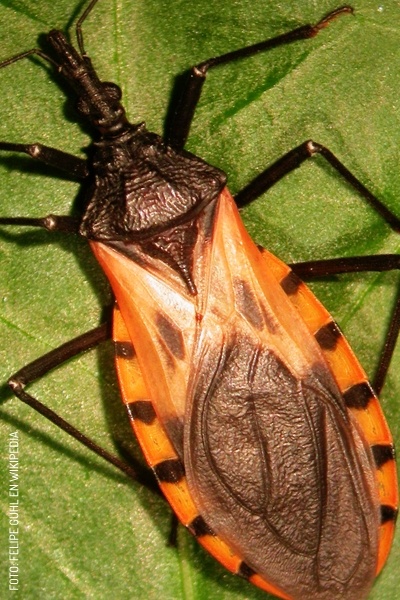 3. Kissing bug or Pik
3. Kissing bug or Pik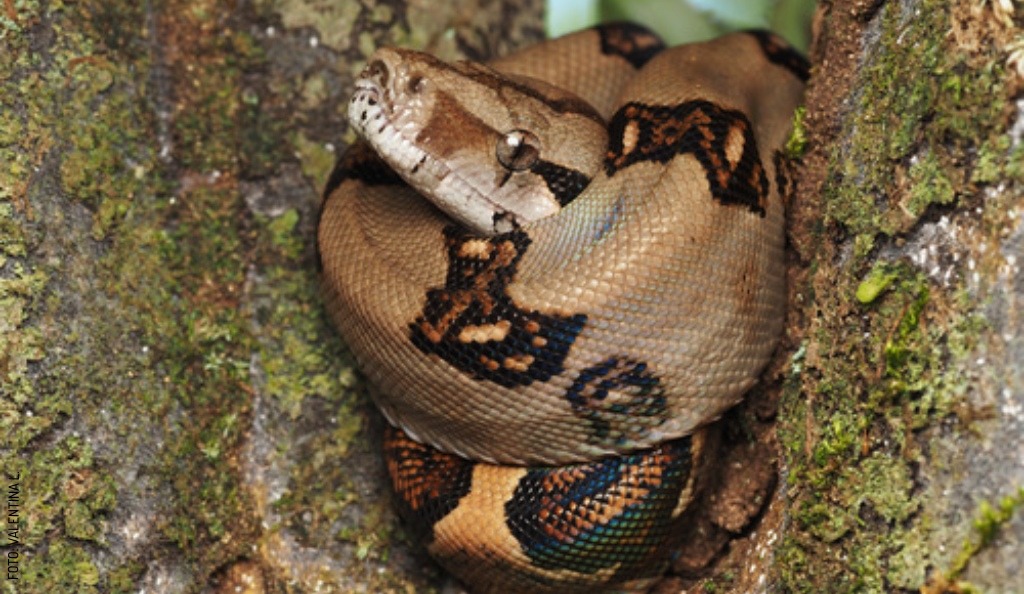 Imperial boa or ooch kaan (Boa imperator). Although its average length is a quite impressive two meters (7 ft), older specimens can exceed 3.5 meters (12 ft), making this one of those snakes that few people can face without freaking out. Still, while they can feed on rodents, birds, iguanas, and, depending on their size, even sometimes cats and dogs, they are among the smaller species of boas, and mostly harmless to humans.
Imperial boa or ooch kaan (Boa imperator). Although its average length is a quite impressive two meters (7 ft), older specimens can exceed 3.5 meters (12 ft), making this one of those snakes that few people can face without freaking out. Still, while they can feed on rodents, birds, iguanas, and, depending on their size, even sometimes cats and dogs, they are among the smaller species of boas, and mostly harmless to humans.